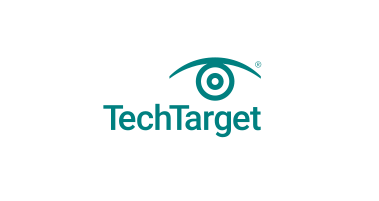What is Secure Access Service Edge (SASE)?
Secure Access Service Edge (SASE), pronounced as “sassy,” is a cloud architecture model that integrates network and cloud-native security technologies into a single cloud service. SASE allows organizations to consolidate their network and security tools into a single management console, providing a simplified and unified approach to security and networking irrespective of the location of employees and resources. By leveraging cloud technology, SASE eliminates the need for extensive hardware and combines software-defined wide area network (SD-WAN) with network security functions, including Firewall as a Service (FWaaS), Software as a Service (SaaS), Secure Web Gateways (SWGs), Cloud Access Security Brokers (CASBs), and Zero-Trust Network Access (ZTNA). With the rise of remote work and cloud-based applications, SASE offers a convenient, fast, cost-effective, and scalable solution for networking and security needs.
How Does SASE Architecture Work?
SASE platforms merge SD-WAN with network security measures, such as FWaaS, SWGs, CASBs, and ZTNA, into a multi-tenant, multiregional security platform that is independent of the physical locations of employees, data centers, and cloud services. By bringing inspection engines to nearby Points of Presence (POPs) instead of centralized data centers, SASE ensures efficient traffic inspection and forwarding. SASE services are characterized by a global SD-WAN service, distributed inspection and policy enforcement, cloud architecture, and identity-driven access based on user identities rather than site locations.
Uses and Benefits of SASE:
From data protection to enhanced endpoint security, remote work enablement, IT management, and more, SASE offers a wide range of uses for organizations looking to strengthen their network security. The cloud-based nature of SASE provides operational simplicity, improved network security, centralized policy management based on user identities, unified backbone and edge services, decreased costs, scalability, and enhanced hybrid working experiences.
Challenges and Future of SASE:
Some potential challenges of SASE include vendor lock-in, single points of failure, integration issues, lack of industry standards, and collaboration between network and security teams. However, SASE is expected to grow significantly in the coming years, with research forecasting a market worth of $25 billion by 2027. The reliability, low latencies, and secure cloud connections offered by SASE make it a compelling solution for organizations looking to streamline network management and security operations.




